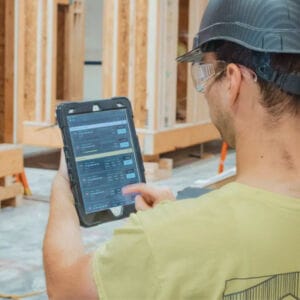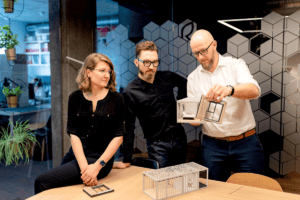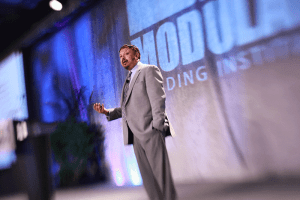Modular Advantage Magazine
The How-To Guide For Prefab Leaders: Actively Manage Your Prefab Schedule
By leveraging technology like Offsight to communicate updates to all stakeholders in real time, you can enable collaboration and coordination throughout the project lifecycle.
Read MoreStrong, Resilient, Sea-Crossing Boxes Repurposed Efficiently As Homes
Shipping containers have been manufactured in excess, to the point that some sit without being used. Creative designers saw that unused product, recognized its strength, resiliency, size and structure, and soon imagined it as a home. Now, in an environment where housing is in critical demand, shipping containers have been used in all types of housing.
Read MoreHow Rebel Concept Harnesses AI as a Design Tool to Improve the DFMA Process
“The complexity of projects and the size of project are so large, and the technology is so complicated that AI would do it so much faster than we are,” says Kris Droszcz, CEO at Rebel Concept. “Everybody’s struggling to control the manufacturing processes according to the design. And I think that’s what AI will do.”
Read MoreOne Answer from AI Can Provide Innumerable Opportunities, says Stack Modular’s Jim Dunn
The Stack AI Engine is not fully functional yet, but it offers an unlimited number of productivity benefits. Currently, the company is using AI for cost estimates, most recently for a project out in California.
Read MoreGrayWolf: Building the Future of Modular Data Centers to Power the AI Revolution
The growth of artificial intelligence (AI) and cloud-based applications has created an urgent need for data centers capable of managing massive amounts of data. As businesses across industries increasingly rely on digital infrastructure to power their AI tools, the demand for data centers has skyrocketed.
Read MoreArtificial Intelligence: Yes, it is a Construction Game-Changer
Much like other sectors of the economy, AI is reshaping construction, revolutionizing how projects are planned and executed across the country. While it is obvious that AI cannot do certain things by itself, like laying bricks, paving roads, or shingling roofs, its impact stands to be both massive and positive.
Read MoreThe Potential and Possibilities of AI for Offsite
AI is everywhere. Many industries have incorporated AI into business as usual with new organizational structures and new dependencies to be more efficient and to automate repetitive tasks. Offsite construction will not be immune to AI’s ubiquity. The technology offers unique benefits to the offsite building process.
Read MoreMoving from AI Hype to an AI Advantage
Learning about AI will help you see past the overinflated hype and identify the opportunities specific to your own business. Learning about AI is like peeling an onion – each layer reveals something new, and occasionally it might make your eyes water. But in the end, you’ll have all the ingredients you need to cook up some real innovation in your organization.
Read MoreThe Blueprint for Smart and Ethical AI Integration in Your Business
The journey toward smart and ethical AI integration involves crafting a strategic vision that aligns AI’s transformative potential with your organizational goals. True success with AI is measured by its capacity to enhance human capabilities, foster sustainable growth, and generate value for all stakeholders while actively avoiding ethical pitfalls and harmful risks.
Read MoreFive Factors for Success When Shifting Your Business to Modular
As labor, competitive and cost factors push more contractors and developers to embrace the opportunity to go modular as a first choice and not a last resort, it’s become clear that adopting this new model requires more than just a willingness to make it happen. Here are five factors to consider as your company moves to a modular construction model:
Read More









